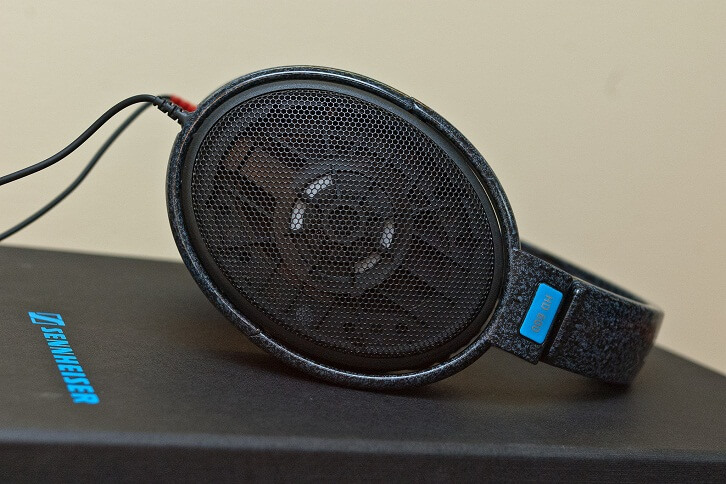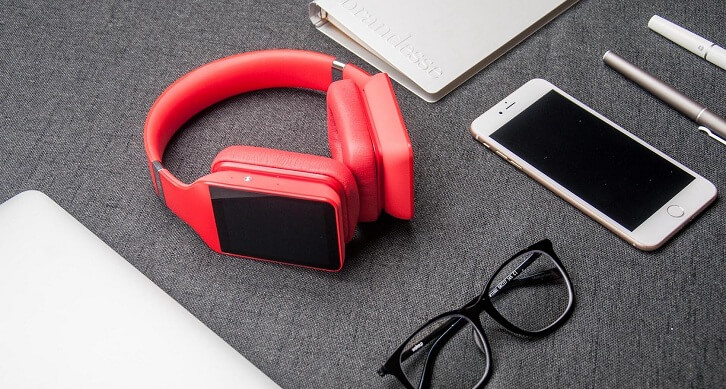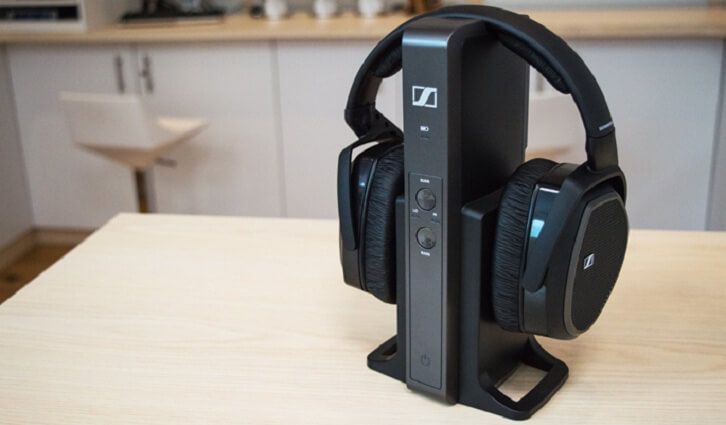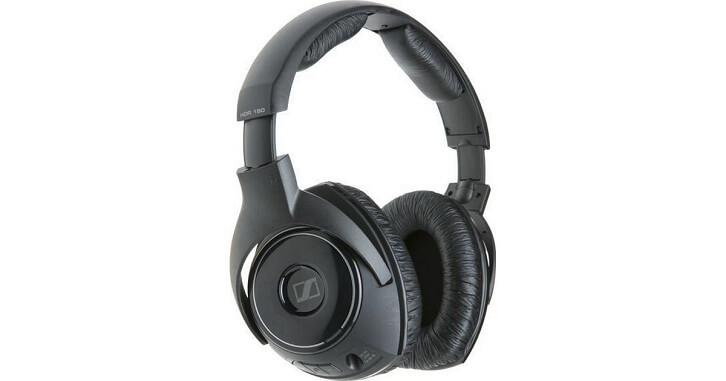How to Charge AirPods Without a Case
Discover the truth about how to charge AirPods without a case. Uncover myths, find alternatives, and safeguard your audio experience.
Choosing between wired vs wireless headphones can be difficult. Which is better between the two? The debate on this issue is and will always be present especially with the growing technology. As the years’ pass, wireless technology has gained ground and will most likely become dominant in the future. True wireless technology, which is still relatively new has also gained so much ground in just a few years.
Should you ditch the wires and embrace wireless or true wireless headphones? Well, all of these options have their advantages and disadvantages. Taking into account your lifestyle, how you intend to use the headphone, and your preferences, you can select a pair that fits you best.
In this article, I will explore all of these options to give you a better understanding before taking your pick. I will also do a comparison of the audio quality and other features to help you narrow down further on which option to pick.
Enjoy.
Pros: Plug and play, Less drain on your smartphone’s battery life, can connect to older devices that don’t support Bluetooth or other wireless technologies
Cons: Latest smartphones no longer have a 3.5mm socket, headphone cables often tangle easily,
Examples: Sennheiser HD 600, Samson SR850, Audio Technica ATH-M50x, Takstar Pro 82
Ever since the first wired headphone was launched into the market, they are and still are a dependable choice in the audio world. Wired headphone connects to a device using an ‘AUX in’ connector. Most wired headphones use a 3.5mm headphone socket but others use the less popular 6.3mm or 2.5mm.

Being the pioneer in the headphone world, wired headphones have some major benefits over wireless headphones. First, the sound quality is much better than wireless headphones because they lack interference and lag issues which are common with wireless headphones especially the cheap one.
A simple plug and play mechanism also means you do not have to worry about connecting and pairing, or charging them every time you use them. All you need is a playback device with a headphone output port and you are good to go. Heck, even your old Dad’s Walkman is still good to go with a pair of wired headphones!
However, wired headphones also come with their limitations, and the cable is one of the major issues. If you are stationary most of the time, then you will not have issues. However, for people who exercise of constantly moving around, the cable comes as a disadvantage since it is prone to twist and tangle but don’t worry cause we have some tips on how to stop headphones from twisting and tangling.
Another gripe with wired headphones is the distance you can stray from your device. You will always have to have your smartphone or DAP (Digital Audio Player) every time you use your headphones.
Pros: No tangled cables, can connect to devices that don’t have a headphone socket, portable
Cons: Needs to be charged, Can cost more than wired, Signal dropouts or interference in some areas
Examples:Sennheiser HD 4.4BT, Bose QuietComfort 35 II, Sony WH-1000Xm3, Audio Technica ATH-M50XBT
The mention of wireless headphones is synonymous with Bluetooth headphones. This is because they are the cheapest and widely available type of wireless headphones. However, wireless headphones are not limited to Bluetooth only. They also include Wi-fi, Infrared (IR), Radio Frequency (RF), and Kleer also known as KleerNet.
Wi-Fi headphones work by connecting to a network. Depending on your Wi-fi protocol version and antennas in the communication system, it allows further connection distance. Compared to Bluetooth, Wi-Fi is also a lot faster with a speed of up to 250 Mbps while Bluetooth operates at about 25 Mbps. With Wi-Fi headphones, you can also stream music from music streaming services like Spotify, Amazon Music or SoundCloud. However, wifi headphones come with their downsides. First, WiFi consumes a lot of energy compared to Bluetooth. Add this to a complicated setup and other several issues make Wifi headphones a hassle. An example of a wifi headphone is the VINCI Smart Headphones.

VINCI Smart Wi-Fi Headphones – Slashgear
Infrared Headphones (IR) uses a technology similar to your TV remote. IR headphones use a transmitter that is connected with audio cables to the audio source to transmit sound to a receiver built into the headphone. IR headphones have a short range of fewer than 10 meters and require a clear line of sight between the transmitter and receiver. This means obstacles will block the sound signal and you cannot wander around your home while using infrared headphones. The advantage of IR headphones is they are not affected by radio waves like RF models and provide better sound quality than RF headphones. Good examples of infrared headphones include Sony MDR-IF245RK and BOSS Audio Systems HP12.
Radio Frequency headphones (RF) like IR headphones also come with a docking station. RF headphones use frequency modulation (FM) to transmit sound from the audio source to the headphone. This is the same type as the signal used in an FM radio. The biggest advantage of RF headphones is that a longer range (around 100 meters), and can also be used around a room without worrying about obstacles such as walls. Another benefit is that from one transmitter, you can connect an unlimited number of headphones which makes them great for a group audio experience. The disadvantage of RF headphones is that they are more prone to interference by any device that generates electromagnetic signals. Some good examples of RF headphones include Sennheiser RS 120, Sony RF995RK, and Sennheiser RS 175.

Sennheiser RS 175 – hifiheadphones
Kleer wireless technology is undoubtedly the best in wireless transmission in terms of sound quality. Kleer technology delivers uncompressed, lossless, CD-quality, digital stereo audio. Another benefit of Kleer is low battery consumption. Compared to Bluetooth, Kleer uses less power which can last about 3-4 times more compared to Bluetooth. With all these benefits, why is Kleer not popular? Well, first it requires dedicated hardware for both ends of the transmission. Second, low market adoption since its inception in 2006, has made it hard for Kleer to penetrate in the market. The Sennheiser HDR 160 Headphone is a good example of a headphone that utilizes Kleer wireless technology.

Sennheiser HDR 160
Bluetooth wireless technology is the most popular wireless technology which allows two devices to connect/pair over a short distance of up to 10 meters. Bluetooth being is very easy to set up and most devices from smartphones, headphones and other electronics support Bluetooth. The advantage of Bluetooth is it has been adopted in many products. It also consumes less power, can be used for voice and data transfer and Bluetooth devices are available at a very cheap cost. The downsides are that it allows only short-range communication, can lose connection in certain conditions, and can be hacked or maybe even transmit viruses.
We also have other wireless headphones that comes at a very cheap price like the JBL T450BT that we have reviewed in this site.
Pros: Completely wireless experience, very portable,
Cons: Signal dropouts or interference in some areas, expensive,
Examples: Enacfire E18, Sony WF-1000XM3, Sennheiser Momentum True Wireless, Apple Airpods Pro
True wireless headphones are popularly associated with earbuds and IEMs. With true wireless earbuds, there is no wireless between the two earbuds. What makes it unique is the lack of the wires connecting the two earbuds or wires from the audio source. True wireless earbuds use Bluetooth for wireless transmission.
To work, one earbud, which is also known as the ‘master earbud’ connects via Bluetooth to the playback device. The ‘master earbud then connects to the other earpiece hence transmits the audio signal. Because they lack wires, everything is built into the earbud. From controls, mic, and battery.
When true wireless technology first hit the market, the main challenge was the battery size. Most models had very poor battery capacity. However, with time and growing technology, true wireless earbuds have grown their battery capacity. Almost all models today also come with a portable charging case that stores additional power to power the earbuds on the go.
The main disadvantage of true wireless earbuds is losing one of the earbuds. Apart from this, because they use Bluetooth wireless transmission, they will inherit most if not all disadvantages associated with Bluetooth headphones.
As seen above, wireless headphones comprise of different technologies that include Bluetooth, Infrared, Radiofrequency, Wi-Fi and Kleer. In the discussion of wired vs wireless headphones, I will be considering Bluetooth wireless technology. This is because it is the most popular, least expensive, and widely adopted wireless technology.
Wireless headphones are generally considered to have inferior audio quality than their wired counterparts. However, the differences in sound quality have lessened over time that most people would not tell the difference. For audiophiles or avid music enthusiasts, this is probably one of the biggest debates.
With wireless technology, transmitting a compressed version of the audio and also encoding and decoding the audio data lowers the resolution of the music. this makes the music sound digital or artificial. However, with wired headphones, there is no converting the signal. This results in good sound quality even without investing much on the headphone.
Wireless headphones are also vulnerable to audio signal interference. These interferences cause a drop in the audio quality which degrades the sound. This is even worse in truly wireless earbuds where there is an extra Bluetooth transmission which further creates room for more interference.
Even with the advancement in Bluetooth technology, wired headphones still triumph in sound quality. Though the differences in the future might be small, the best in wireless headphones will have a hard time competing with the best of wired headphones in the world of audio quality.
If you are looking for features, wireless headphones certainly deliver. From active noise cancellation (ANC), sweat/ water resistance, app integration, connection to a virtual assistant and many more. Active noise cancellation is probably one of the best features to experience with wireless headphones. However, not all of them will support ANC, so check the specs before you buy.
With wired headphones, you do not require a power supply. Wireless headphones will require a power source to work. Most of the wireless headphones come with a built-in rechargeable battery that you can recharge using a micro USB cable usually supplied with the headphone. The battery of a wired headphone usually depends on features and usage. Most usually have a battery life of 8-20 hours but some can offer as much 40 hours of battery life.
While both wired and wireless headphones are portable, wireless headphones may prove to be better than wired headphones. With wired headphones, you risk the wires getting tangled and depending on the purpose they might work great. For example, when working out wireless headphones will serve you better than wired headphones.
Most wired headphones usually use a 3.5mm headphone port to connect to other devices and other headphones have a separate jack for the headphone and the mic (see also how to use headphone speaker and mic in one port). Also, most audio devices come with a 3.5mm port. From laptops, PCs, walkmans, etc you can connect to any audio source. You can even combine two sound sources into headphones (see this guide if you are interested to know how).
With modern smartphones like iPhone (see also where is the microphone on iPhone 11 or iPhone 12) ditching the audio jack, it might be a blow to wired headphones. In the future, it might be harder to find a smartphone that supports the 3.5mm headphone jack. You can’t even buy now new models of Apple’s iPad with a headphone jack.
If your phone is your primary way of listening to music, wireless headphones might be a future-proof investment. However, there are also plenty of options for wired headphone users like buying lighting headphones or investing in adaptors to solve this issue.
Choosing between wired and wireless headphones as I said earlier should be influenced by your lifestyle, your preferences, and what you intend to do with the headphone. Which do you prefer between wired and wireless headphones? Comment below and let’s continue this conversation.
See our Best Bluetooth Headphones under $100
See Our Best True Wireless Earbuds for Running
See Our Best Budget Audiophile Headphones